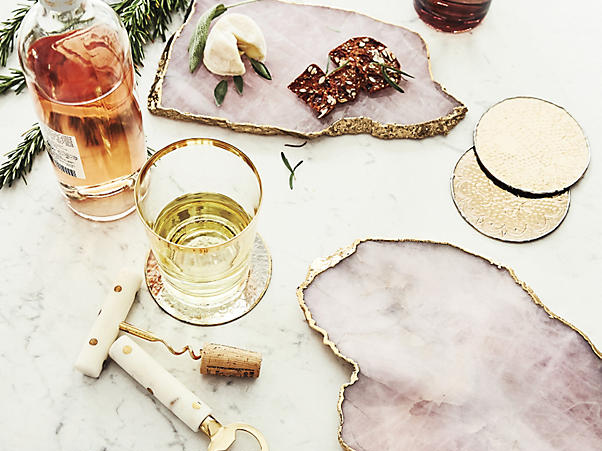
Cheese Tasting
For a simple, sophisticated party, pair artisan cheeses with wine

Cheesemaking is an old art that has been making a big comeback in the West. Local artisans from Colorado to California are handcrafting cheeses in the Old World tradition, working in small batches and attending to every detail, from what the cows eat to how often the cheeses are turned during the aging process. All this hard work results in complex, flavorful cheeses.
They range from soft-ripened cow-milk cheese full of robust, earthy flavors to aged goat cheese with surprising complexity, and from creamy, buttery-textured blue cheese to aged cheddars. At specialty markets and even large grocery stores now, the selection is getting better and better. This is great news for anyone who likes to entertain with ease. These delicious cheeses make perfect appetizers all on their own ― pair a few with some wines for a stylish, no-hassle appetizer party. The strategy